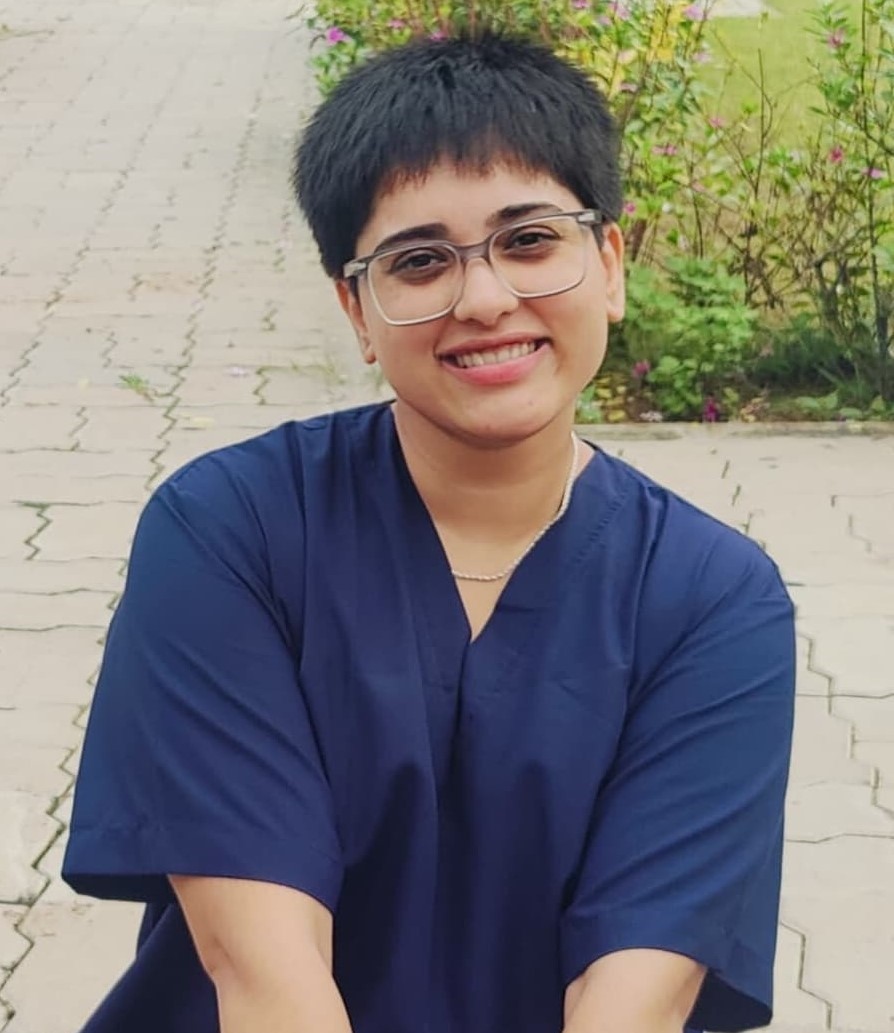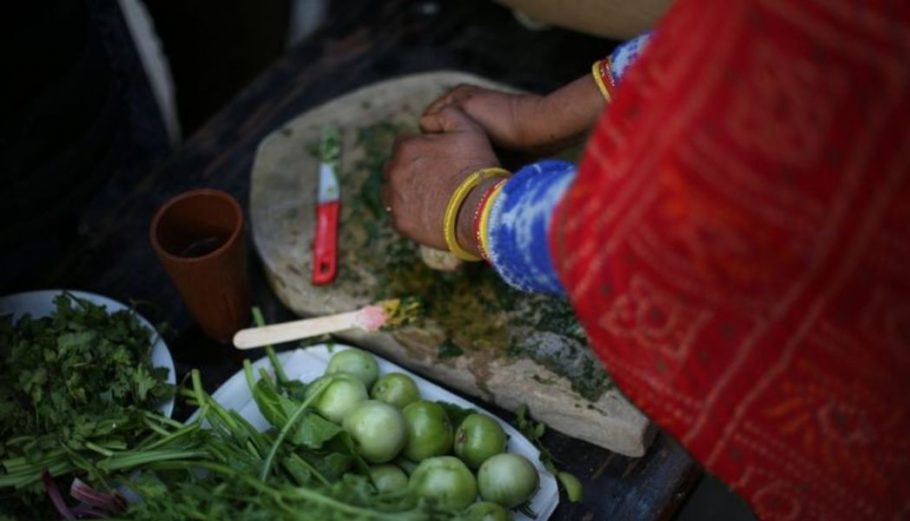Last Updated on August 29, 2024
The IELTS Speaking module includes a cue card topic: “Discuss a traditional item from your nation”. We have prepared 4 example responses and 9 subsequent questions for your reference. The Speaking test is divided into three key parts: the opening, the cue card segment, and the follow-up discussion. To gain a comprehensive understanding of the IELTS Speaking section, our sample answers are here to help you excel in the test. It’s crucial to articulate your thoughts effectively in the final phase, which consists of the follow-up questions. Keep in mind that the entire speaking assessment typically runs for 11 to 15 minutes.
Pressure Cooker: Talk about a Traditional Object of Your Country
What is it?
The item I’d like to discuss is the traditional Indian pressure cooker. It’s a ubiquitous kitchen appliance in most Indian households, known for its efficiency in cooking various dishes, particularly lentils and rice. This cylindrical vessel with a specialized lid has influenced our food and culture a lot.
How is it made?
The pressure cooker is constructed from high-quality stainless steel or aluminium. Its key feature is the tightly sealed lid with a pressure regulator and safety valve. These components are precision-engineered to withstand high pressure and temperature.
When did you first try it?
I was first introduced to the pressure cooker at the age of ten when my mother began teaching me basic cooking skills. We were cooking rice, which is a staple food in Indian households.
Why do you like it?
I appreciate the pressure cooker for its multifaceted benefits. It significantly reduces cooking time, which is invaluable in our fast-paced society. Moreover, it’s energy-efficient and helps retain more nutrients in food compared to conventional cooking methods.
Brass Lamp(Diya): Talk about a Traditional Object of Your Country
What is it?
The traditional object I’d like to discuss is the brass diya, a small oil lamp commonly used in Hindu rituals and festivals. This ancient lighting device holds significant cultural and spiritual importance in Indian households. It typically consists of a shallow dish with a protruding spout to hold the cotton wick.
How is it made?
Brass diyas are crafted by skilled artisans using traditional metalworking techniques. The process involves melting brass, pouring it into moulds, and then hand-finishing each piece. The artisans often engrave intricate designs on the surface, adding to its aesthetic appeal and cultural significance.
When did you first encounter it?
I first encountered the brass diya during Diwali celebrations in my childhood home. I vividly recall my grandmother teaching me how to fill it with oil and light the wick, emphasizing its importance in our cultural traditions. This memory has stayed with me as a cherished part of my heritage.
Why do you appreciate it?
I appreciate the brass diya for its rich symbolism and the sense of continuity it provides with our cultural past. Its warm, flickering light creates a serene atmosphere during prayers and festivities. Moreover, I admire how this simple object has remained relevant in modern times, connecting us to our roots.
Mortar and Pestle (Silbatta): Talk about a Traditional Object of Your Country
What is it?
The traditional object I’d like to describe is the Silbatta, a stone mortar and pestle widely used in Indian kitchens. This ancient grinding tool consists of a flat stone slab (the mortar) and a cylindrical stone (the pestle). It has been an indispensable part of Indian cooking for centuries.
How is it made?
The Silbatta is typically crafted from a single piece of hard, durable stone such as granite. Skilled stoneworkers carefully shape the flat slab and the cylindrical pestle, ensuring a smooth surface for efficient grinding. The process requires precision to create the slight inclination on the slab for ease of use.
When did you first use it?
I first used a silbatta under my mother’s guidance when I was about twelve years old. She taught me how to grind spices and make chutneys, emphasizing the importance of this traditional tool in bringing out the authentic flavors in our cuisine. It was a memorable experience that deepened my appreciation for our culinary heritage.
Why do you value it?
I value the silbatta for its versatility and the unique texture it imparts to ground ingredients. Unlike electric grinders, it allows for better control over the coarseness of the grind. Furthermore, I appreciate how it connects me to generations of cooks in my family and across India who have used this extremely efficient and cheap tool.
Follow-Up Questions: Talk about a Traditional Object of Your Country
- What is your favourite traditional object?
My favourite traditional object is a diya as it instantly brights up my home. Moreover, it is an excellent showpiece too.
- What are some other traditional objects in your country?
Earthen pots, handicraft items like carpets and handalooms, and manual juicers are other traditional objects in my country.
- What advantages are attached to using traditional items?
There are numerous benefits that come with traditional objects. Firstly, we contribute to the country’s economy by supporting local businesses. Additionally, these items are extremely cheap and work wonderfully.
- Do you prefer handmade/traditional objects to newer, advanced tools available now?
While advanced tools have taken over our lives, I actually do prefer old-school, traditional items as it keeps me close to my traditions and culture.

Simran is a seasoned content writer with a Master’s degree in Clinical Psychology. Her extensive expertise in research enables her to effectively guide students in their study abroad endeavors, particularly in navigating the complexities of choosing the right programs and universities. With a passion for education and mental health, Simran combines her writing skills and psychological insights to create informative content that empowers students to make informed decisions about their academic futures. Her commitment to helping others is evident in her work, as she strives to provide valuable resources for aspiring international students.




